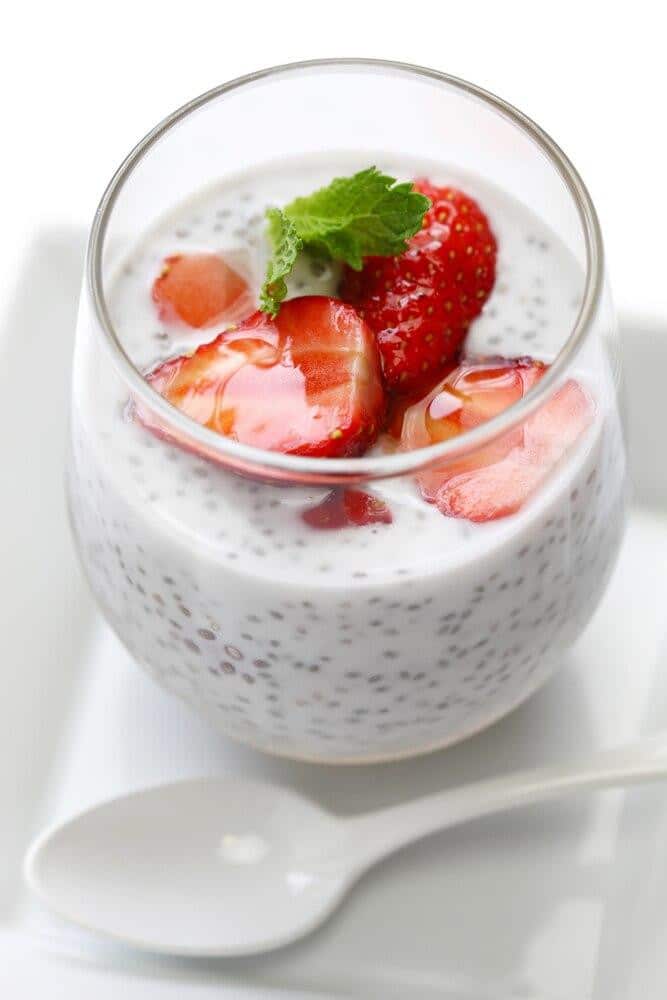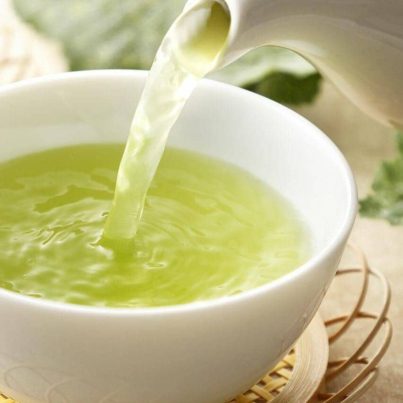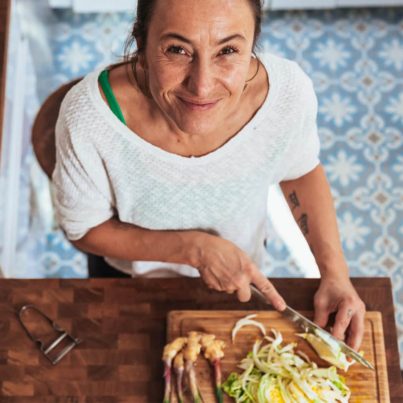8.0 CECs / Quiz
This two-hour online presentation features the discussion of topics related to holistic health and nutrition. The presentation includes written transcripts for each topic as well as comprehensive linked references for further research.
Course Curriculum
Holistic Health Nutrition topics covered:
- Don’t Wait Until Your Doc Kicks the Habit
- Benefits of Ginger for Menstrual Cramps
- Which Intestines for Foods and Cosmetics?
- Vitamin D Supplements to Prevent Falls?
- Green Tea for Boosting Immune Function
- Dangers of Supplement Deregulation
- Become a Fecal Transplant Super-donor
- Benefits of Rosemary for Brain Function
- Treating Asthma with a Low Salt Diet
- Sodium and Autoimmune Disease
- Best Foods to Improve Sexual Function
- Chia Seeds or Flax Seeds?
- Wakame Seaweed & Immune Function
- Are the BPA-Free Alternatives Safe?
- Blood Pressure and Brain Shrinkage
- Block Breast Cancer’s Estrogen Enzymes
- Prevent Blood Sugar & Triglyceride Spikes
- Avocados, Red Wine & Inflammation
- How to Counter Effects of Air Pollution
- Advise More Plants or Less Junk?
- How Much Should You Exercise
- Antiperspirant and Breast Cancer
- Treating Bacterial Vaginosis with Vitamin C
- Sodium to Potassium Ration & Stroke Risk
- Gut Flora Uses Eggs to Accelerate Cancer
Expanded Discussion Topics:
Treating Asthma with a Low Salt Diet
The reason sodium may be a risk factor for both asthma and another inflammatory disease—rheumatoid arthritis—may be that sodium intake is just a marker for increased meat and fish intake, or decreased fruit and vegetable intake.
Best Foods to Improve Sexual Function
The largest study on diet and erectile dysfunction found that “each additional daily serving of fruit[s or] vegetable[s]” may reduce the risk by 10%. It may be due to the anti-inflammatory effects. Two years on a healthier diet resulted in “a significant reduction in systemic inflammation.
Benefits of Ginger for Menstrual Cramps
1/4 teaspoon of ground ginger—ginger powder—given three times a day during the first three days of menstruation, and pain dropped from like a seven on a scale of one to ten down to a five—whereas, in the placebo group, there was no significant change.





